Advertisement
Screen patients seeking care for chlamydia, gonorrhea
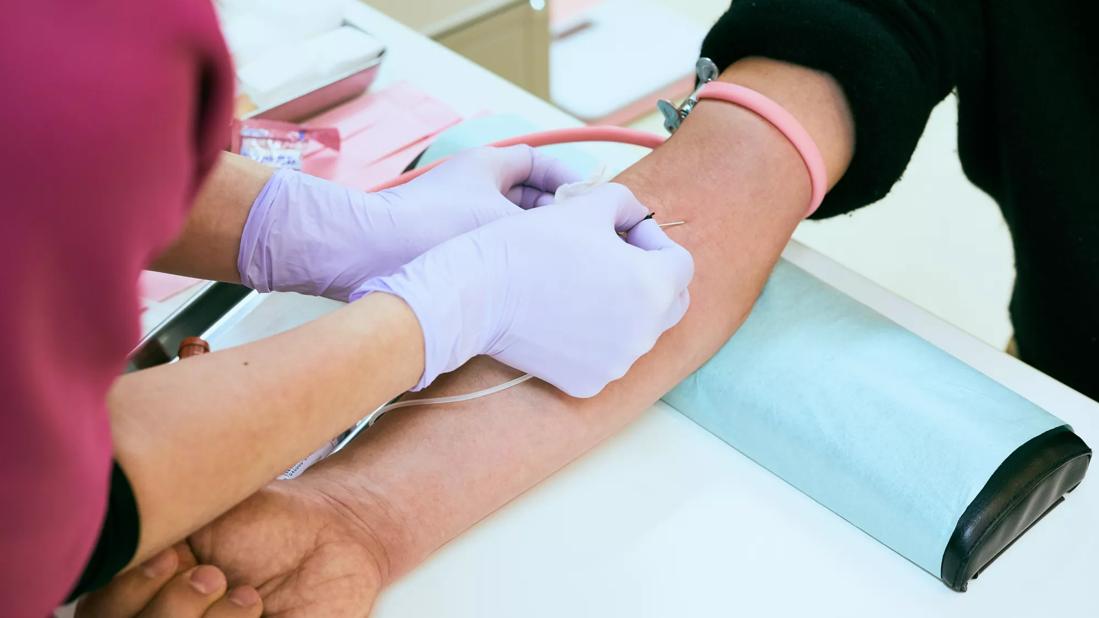
Guidelines from the U.S. Centers for Disease Control and Prevention (CDC) suggest that patients evaluated for common sexually transmitted infections (STIs) should also be screened for the human immunodeficiency virus (HIV). For a variety of reasons, that happens too rarely, but Cleveland Clinic Emergency Medicine clinicians are changing that.
Advertisement
Cleveland Clinic is a non-profit academic medical center. Advertising on our site helps support our mission. We do not endorse non-Cleveland Clinic products or services. Policy
In collaboration with infectious disease specialists, pharmacy and laboratory medicine colleagues, the health system’s ED team benchmarked emergency department HIV screening rates nationally and within Cleveland Clinic regional emergency departments (EDs). Then they developed STI order sets that include HIV screening for patients who seek assessment in the ED for gonorrhea (GC) and chlamydia.
Emergency medicine specialist Michael Phelan, MD, says the program has led to a significant rise in screenings rates and identification of patients with HIV across Cleveland Clinic EDs. From 2019 through 2021, the overall rate of HIV co-testing when testing for other STIs in the ED rose from about 1% to around 30%, and some sites achieved nearly 60%. The program continues to be successful today.
The initiative is important because, while treatments for HIV have significantly improved over the decades and transmission rates in the U.S. have fallen, the disease continues to pose a serious health threat. About 1.2 million Americans have HIV. An estimated 13% of those are not aware they have the virus and are at higher risk of transmitting it.
According to the CDC’s HIV Surveillance Report, about 38,000 people were diagnosed with HIV in 2022. And the disease disproportionately affects certain demographic groups; 70% of new cases were in individuals who were Black or Hispanic/Latino.
The aim at Cleveland Clinic EDs is to help reduce transmissions of the virus and, through earlier diagnosis, improve care for those who test positive.
In 2022, the journal Sexually Transmitted Diseases published results of Cleveland Clinic’s evaluation of a national sample of EDs, examining whether patients who had GC and chlamydia tests in the ED were also tested for HIV and syphilis. By examining publicly available data from 2010 to 2018 in the Nationwide Emergency Department Sample, the Healthcare Cost and Utilization Project and the Agency for Healthcare Research and Quality, researchers found 13.4 million patient encounters involving GC/chlamydia screening. HIV co-testing was performed in only 4% of those encounters. Notably, HIV co-testing rose from 2% in 2011 to nearly 6% in 2018.
Advertisement
In addition, syphilis co-testing was performed in 2.9% of the encounters. Only 1.5% of those patients seeking assessment for CG/chlamydia were also tested for both HIV and syphilis.
“This is especially concerning given the significant rates of HIV and syphilis coinfection among patients with CG or chlamydia,” the authors noted. “Patients with chlamydia and/or GC have HIV coinfection rates as high as 14.5%.”
In 2019, Dr. Phelan and research colleagues used electronic health records to study co-testing rates from 14 Cleveland Clinic EDs. Of the 17,877 encounters involving G/C chlamydia screenings, HIV co-testing was performed only 19 times.
“Because of that, we went to leadership in Emergency Services and suggested we share our co-testing data with EDs in each of Cleveland Clinic’s regional hospitals,” says Dr. Phelan. “That allowed us to build monthly data sets and share them with ED directors. We could show them how often they're co-testing for HIV and syphilis when testing their ED patients for gonorrhea and chlamydia, and then do a mini educational symposium to raise their awareness that this is an important topic.”
Dr. Phelan worked with colleagues in Laboratory Medicine at Cleveland Clinic’s main campus to expand use of their rapid HIV tests for hospital workers (primarily for needle-stick incidents) and broaden its use to include patients in the ED being tested for STIs.
“We started being able to collect actual lab-based data with some built-in protocols,” says Dr. Phelan. “If the lab test for HIV is positive, it needs a confirmatory test. Instead of having to wait for another draw, Laboratory Medicine recommended we do reflex testing. That is, if the initial screening HIV test is positive, it just automatically goes to the next test in the lab.”
Once the program was built at main campus, the team helped expand it throughout the health system, and educated all sites about co-testing for HIV when screening for gonorrhea or chlamydia.
“We built an order panel they could use and started sharing that data with regional ED directors,” he says. “By doing that, we gradually saw an increase in co-testing from very low, around 1%, up to 30% on average. Some hospitals hit 60% in co-testing for HIV and syphilis when screening for gonorrhea and chlamydia, which was fantastic.”
In general, says Dr. Phelan, a number of factors can account for the absence of HIV screening among ED patients at higher risk for HIV infection. Patients may decline to be tested because they recently had a test or because they don’t like having blood drawn. EDs at some hospitals may not have protocols in place for following up with patients who test positive, and there can be lack of awareness that patients with more common STIs are at higher risk for HIV infection.
At Cleveland Clinic, the dramatic increase in screening represents a win, says Dr. Phelan.
“You’re never going to get to 100% with these, and the goal should not be 100%,” he says. “For me, it’s a question of whether the delta or change in testing rates improves. If the uptake had moved from 1% to 10%, I would have been ecstatic. I was over the top when I saw that in some places we were averaging 30% or more.”
Hospital EDs trying to implement a similar program would benefit by a team approach.
Advertisement
“Not everyone has what we have at Cleveland Clinic,” says Dr. Phelan. “We really try to work as a team to improve the care of our patients. Laboratory Medicine provides thoughtful and implementable ideas to improve testing. Our ED pharmacist group follows up on lab tests, especially those related to infections. We work closely with our infectious disease specialists, who manage HIV patients, especially when a test comes back positive from the ED. And we are fortunate that Cleveland Clinic has a focus on care for the community here. We know we need to identify more of these cases so we can reduce this risk for the community we practice in.”
Dr. Phelan identifies five elements necessary to improving screening rates.
Teamwork. “You can't do it alone,” he says. “You have to work with the system you're in to try to implement some of these things.”
Order panel. “Have an electronic health records ED STI order panel that's easily identified by your front-line team. When you open up the order panel, it should be self-selected for GC/chlamydia, HIV and syphilis, and make it so that HIV and syphilis have to be deselected if those tests are not wanted.”
Infectious Disease follow-up. “Work with someone in Infectious Disease who will contact patients who test positive for HIV,” says Dr. Phelan. “Make sure you have appropriate follow-up measures in line, and someone who will do callback on testing that's delayed or if a patient leaves the ED before receiving results.”
Baseline data. “Collect baseline data on your current co-testing rates, then build the program that you want to see.”
Sharing of data. “Don't be afraid to share the data with your colleagues. Education is a big portion of this, because a lot of people aren't aware that this is an issue.”
Finally, says Dr. Phelan, “Test often, treat early and stay safe.”
Advertisement
Advertisement
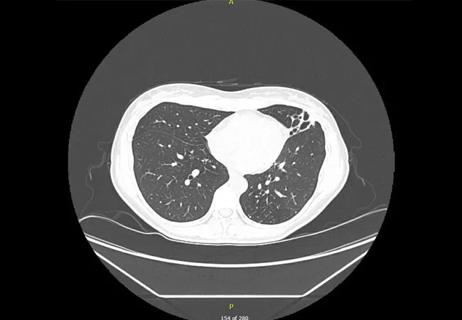
Lingulectomy removes infection when antibiotics fail
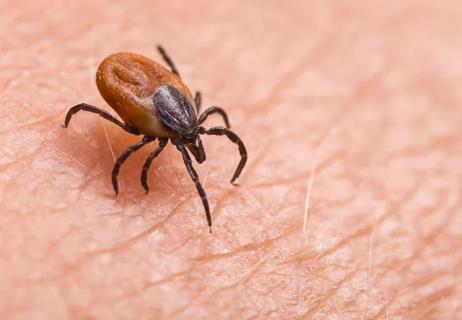
Researchers have developed immunoprofiles for an emerging disease with a mortality rate as high as 27%

Findings from one of the first published case series

Don't discount this crucial step
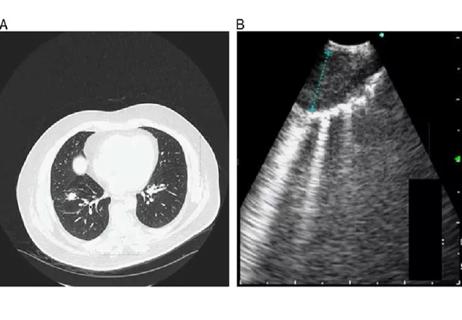
EBUS-TBNA found safe and effective
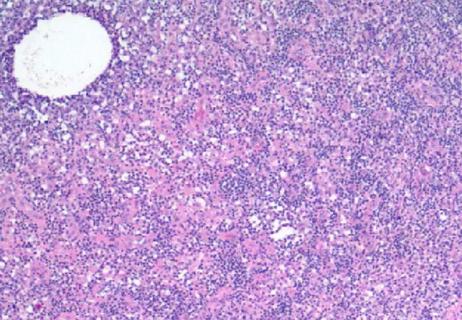
How to spot the rare infection

A case involving cytology and concurrent biopsy
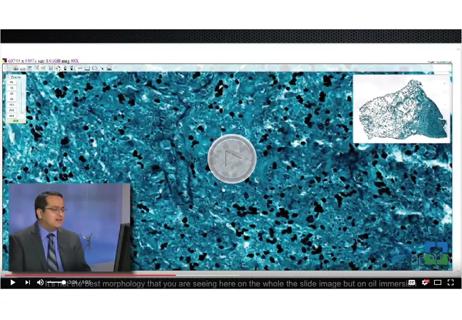
Not all lung nodules are malignant